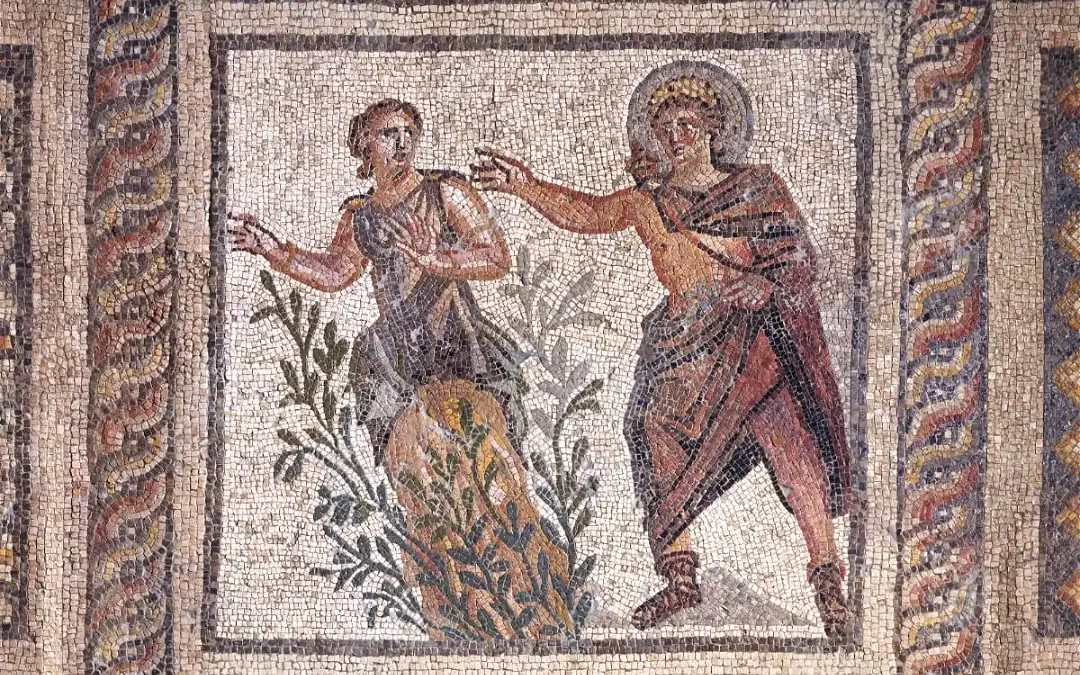 Forster is the first to add a picnic to the story of “Daphne and Apollo,” the best-known version of which is Ovid’s Metamorphosis. When Harcourt Worters gives his wife Evelyn Beaumont a grove of beech trees as a wedding present, she calls it her...
Forster is the first to add a picnic to the story of “Daphne and Apollo,” the best-known version of which is Ovid’s Metamorphosis. When Harcourt Worters gives his wife Evelyn Beaumont a grove of beech trees as a wedding present, she calls it her...
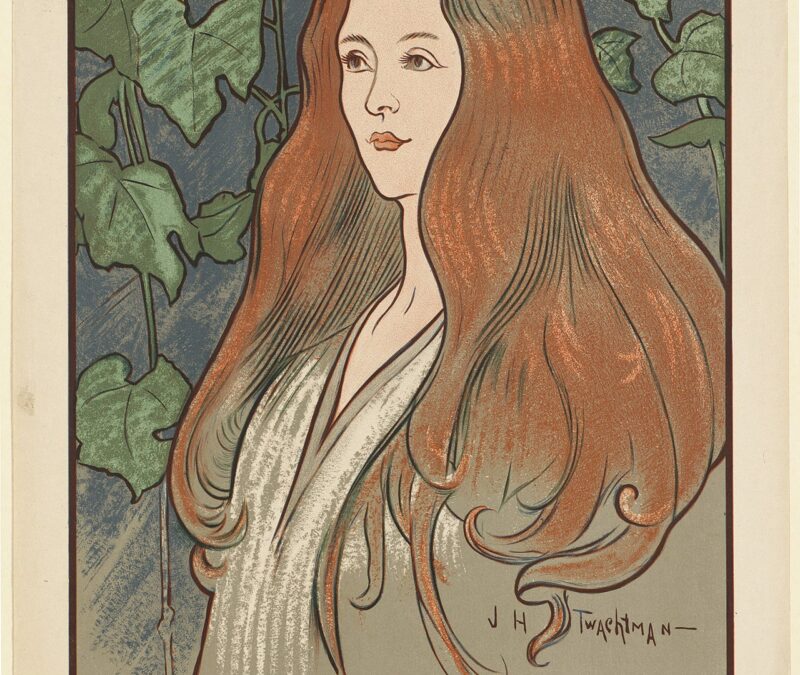 Frederic’s The Damnation of Theron Ware, or Illumination, is a satire of American Methodism. The narrative explores the mid-life crisis of Theron Ware, a married Methodist Episcopal pastor who falls for Celia Madden, an Irish Catholic, in a small town in New...
Frederic’s The Damnation of Theron Ware, or Illumination, is a satire of American Methodism. The narrative explores the mid-life crisis of Theron Ware, a married Methodist Episcopal pastor who falls for Celia Madden, an Irish Catholic, in a small town in New...
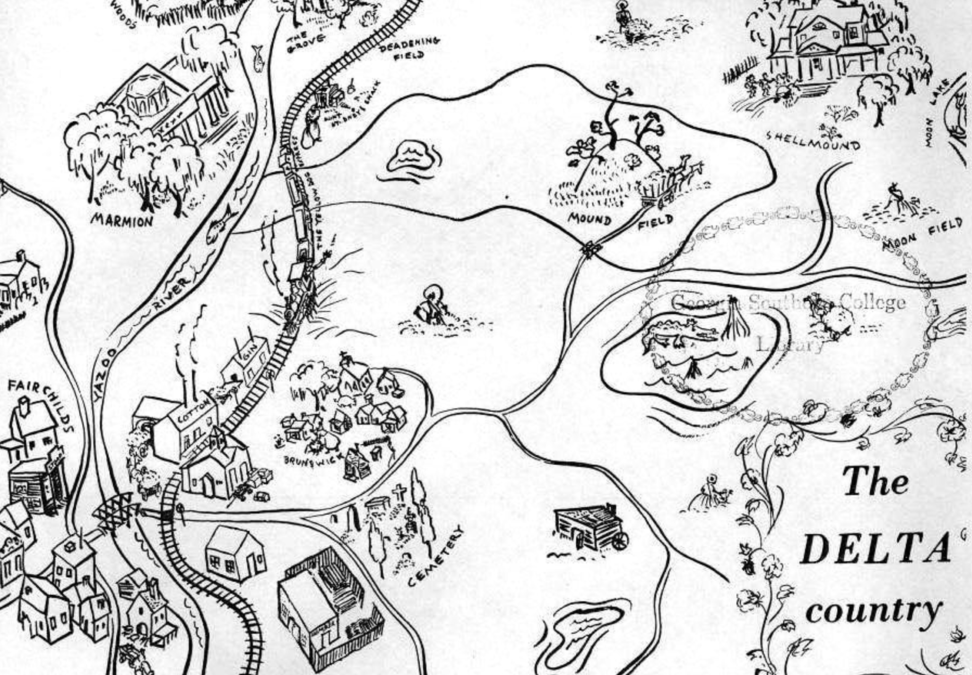 Under a magical starry sky, Welty’s picnic at the Grove calms the frayed edges of family life after a momentous wedding. Though it is held at night, the air is cool and still summery warm, the stars twinkles as shooting stars burst across the sky, and the sound...
Under a magical starry sky, Welty’s picnic at the Grove calms the frayed edges of family life after a momentous wedding. Though it is held at night, the air is cool and still summery warm, the stars twinkles as shooting stars burst across the sky, and the sound...
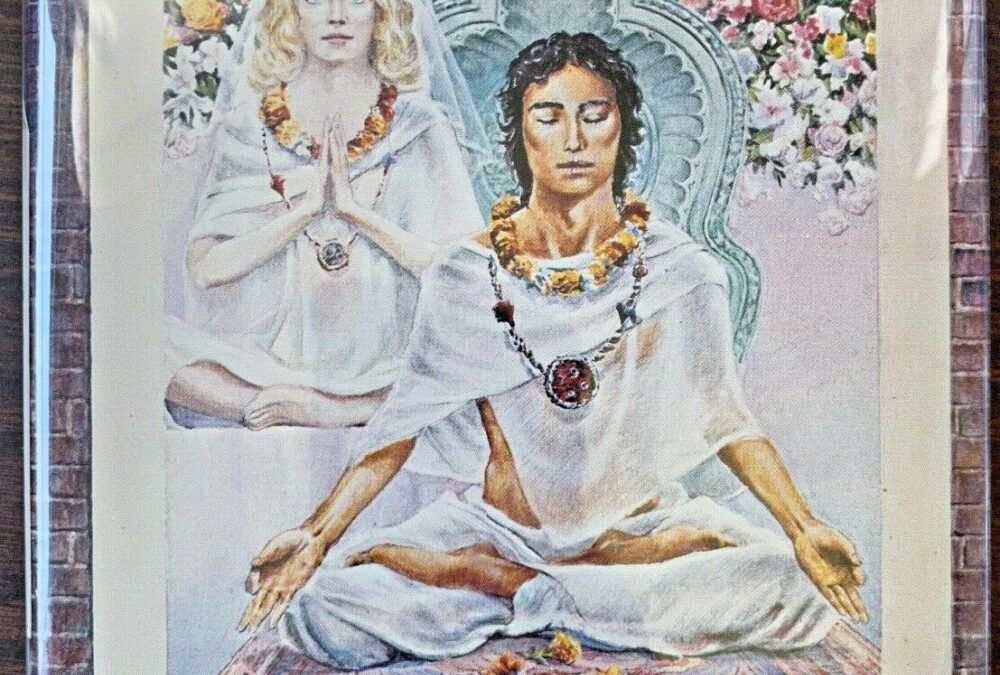 Jhabvala’s “Picnic with Moonlight and Mangos” from How I Became a Holy Mother (1976) is about the picnic in the garden of Moti Bagh, a 17th-century palace in a suburb of New Delhi. This annual event is often an excuse for drunken behavior and sexual liaisons. The...
Jhabvala’s “Picnic with Moonlight and Mangos” from How I Became a Holy Mother (1976) is about the picnic in the garden of Moti Bagh, a 17th-century palace in a suburb of New Delhi. This annual event is often an excuse for drunken behavior and sexual liaisons. The...
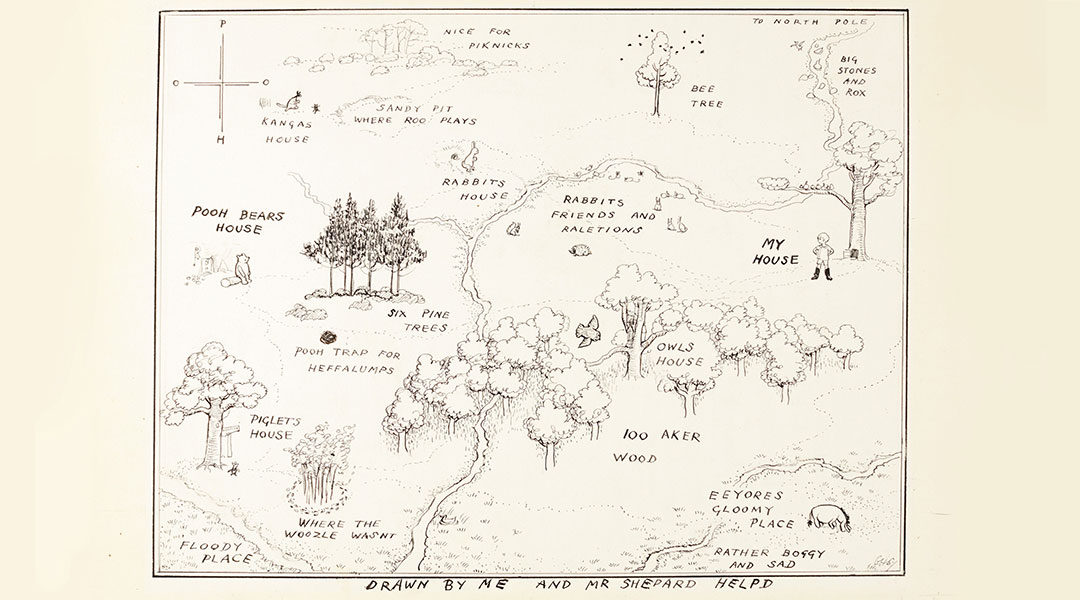 Milne’s picnics Winnie-the-Pooh (1926) are happy leisurely events held in “a “Nice Place for Piknicks” in the area in “The Hundred Aker Wood.” It’s a location just above the “Sandy Pit where Roo Plays.” No doubt,...
Milne’s picnics Winnie-the-Pooh (1926) are happy leisurely events held in “a “Nice Place for Piknicks” in the area in “The Hundred Aker Wood.” It’s a location just above the “Sandy Pit where Roo Plays.” No doubt,...
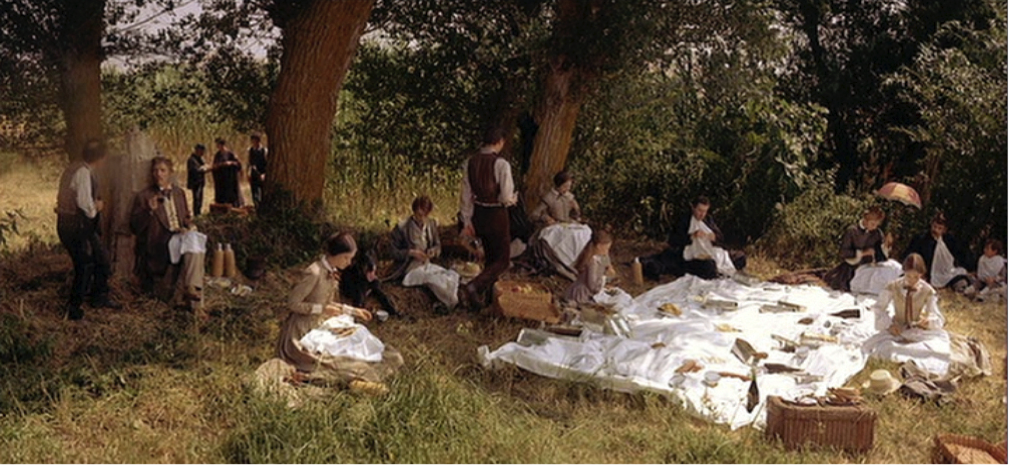 Lampedusa wanted the picnic in The Leopard to be a metaphor for Don Fabrizio’s outward pleasant condition masking his inward and disillusionment. Visconti wishes it to be a respite on a long dusty ride. Lampedusa describes a “funereal countryside, yellow...
Lampedusa wanted the picnic in The Leopard to be a metaphor for Don Fabrizio’s outward pleasant condition masking his inward and disillusionment. Visconti wishes it to be a respite on a long dusty ride. Lampedusa describes a “funereal countryside, yellow...
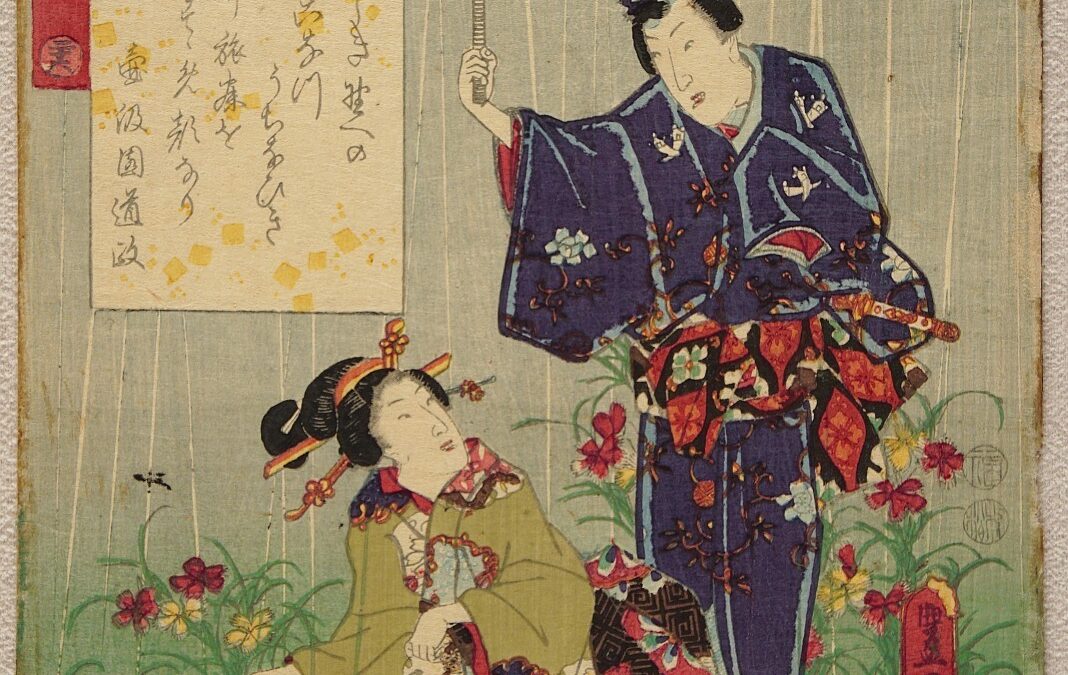 to relax at a palace fishing pavilion with close friends. Arthur Whaley translates the outing as a picnic, though Lady Murasaki has no such vocabulary word. The chapter is “Wild Carnations” or Tokonatsu One very hot day Genji, finding the air at the New...
to relax at a palace fishing pavilion with close friends. Arthur Whaley translates the outing as a picnic, though Lady Murasaki has no such vocabulary word. The chapter is “Wild Carnations” or Tokonatsu One very hot day Genji, finding the air at the New...
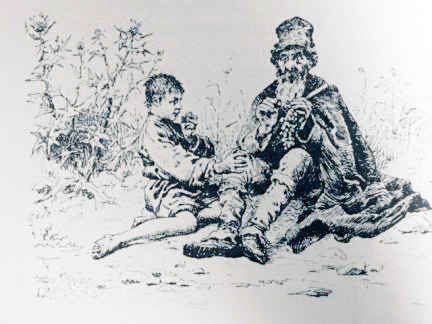 Merienda first appears in the anonymous picaresque novel The Life of Lazarillo de Tormes in 1554, * ninety-five years before the French word pique-nique in 1649. It is used to denote a snack. But when Francesco de Quevedo uses merienda in El Buscon (The Swindler), it...
Merienda first appears in the anonymous picaresque novel The Life of Lazarillo de Tormes in 1554, * ninety-five years before the French word pique-nique in 1649. It is used to denote a snack. But when Francesco de Quevedo uses merienda in El Buscon (The Swindler), it...
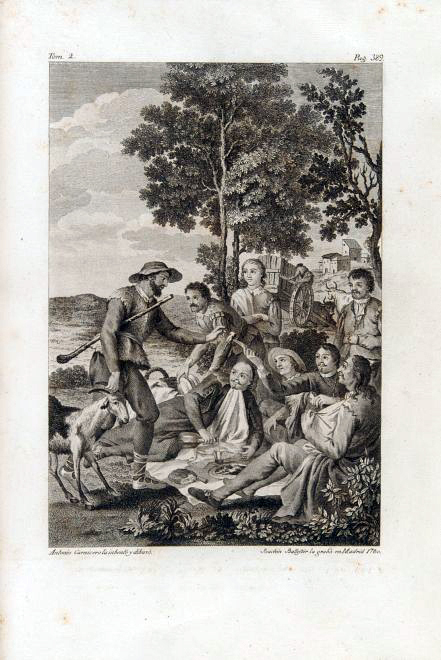 Cervantes’s merienda looks like a picnic on the grass. It occurs while, Don Quixote and Sancho engage in a spirited discussion of the uses of enchantment and the power of imagination with the Canon, the curate, and the barber. They sit on the grass waiting for...
Cervantes’s merienda looks like a picnic on the grass. It occurs while, Don Quixote and Sancho engage in a spirited discussion of the uses of enchantment and the power of imagination with the Canon, the curate, and the barber. They sit on the grass waiting for...
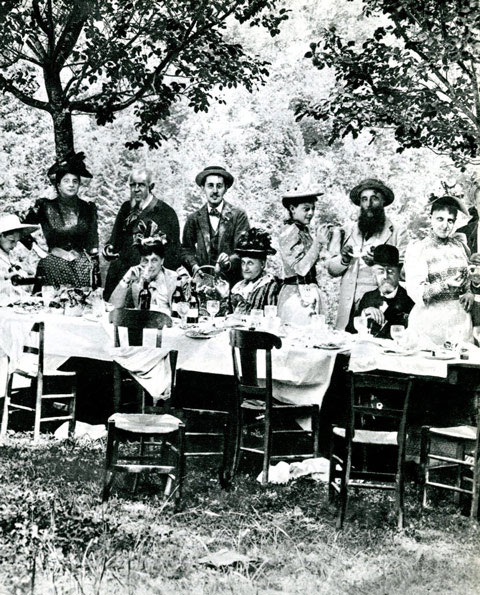 Proust’s Within a Budding Grove [aka In the Shadow of Young Girls in Flower] is sometimes remembered for young Marcel’s picnics on the bluffs at Balbec, a fictional town in Normandy. (Proust does not use pique-nique because this is an outdoor meal.) With a...
Proust’s Within a Budding Grove [aka In the Shadow of Young Girls in Flower] is sometimes remembered for young Marcel’s picnics on the bluffs at Balbec, a fictional town in Normandy. (Proust does not use pique-nique because this is an outdoor meal.) With a...











